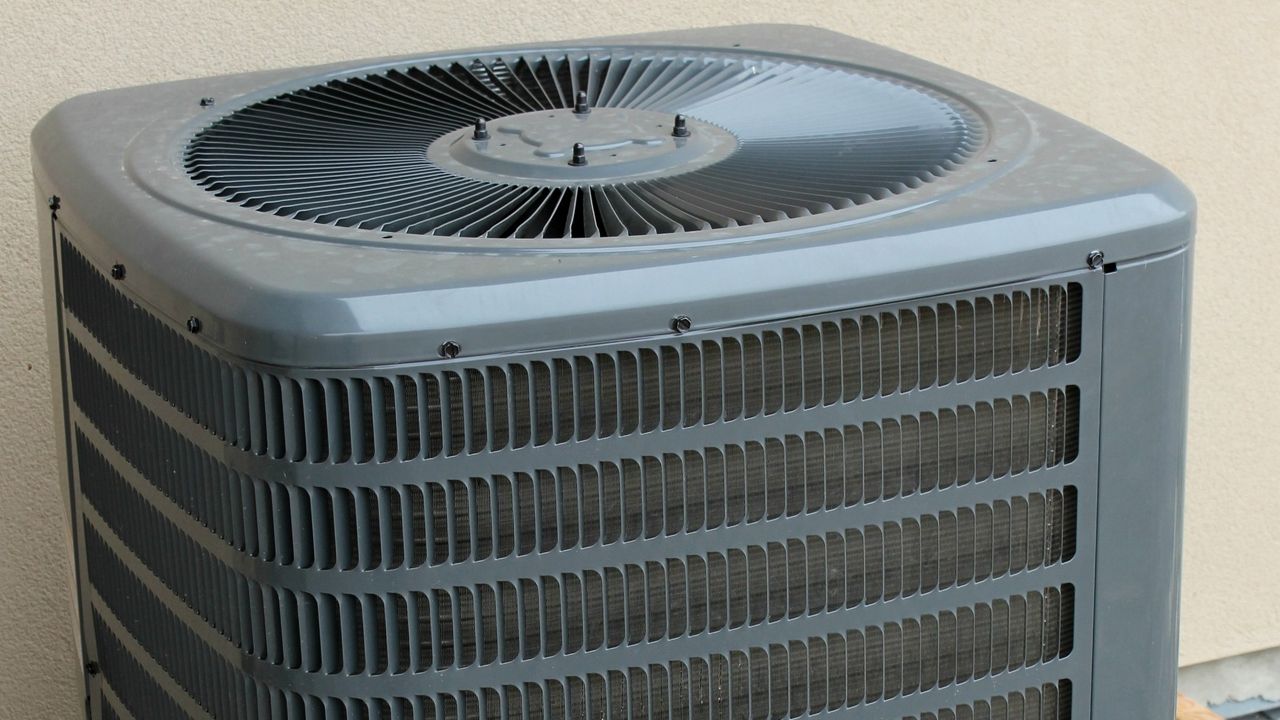The Climate Prediction Center (CPC) released their outlook for the winter 2023-2024 season, with a prominent El Niño pattern expected to be in place.
An El Niño rarely shows a clear signal along the Midwest, meaning that it doesn’t increase our chances of more snow or decrease them. This year looks to see slightly warmer conditions for the entire winter, with near normal precipitation patterns.
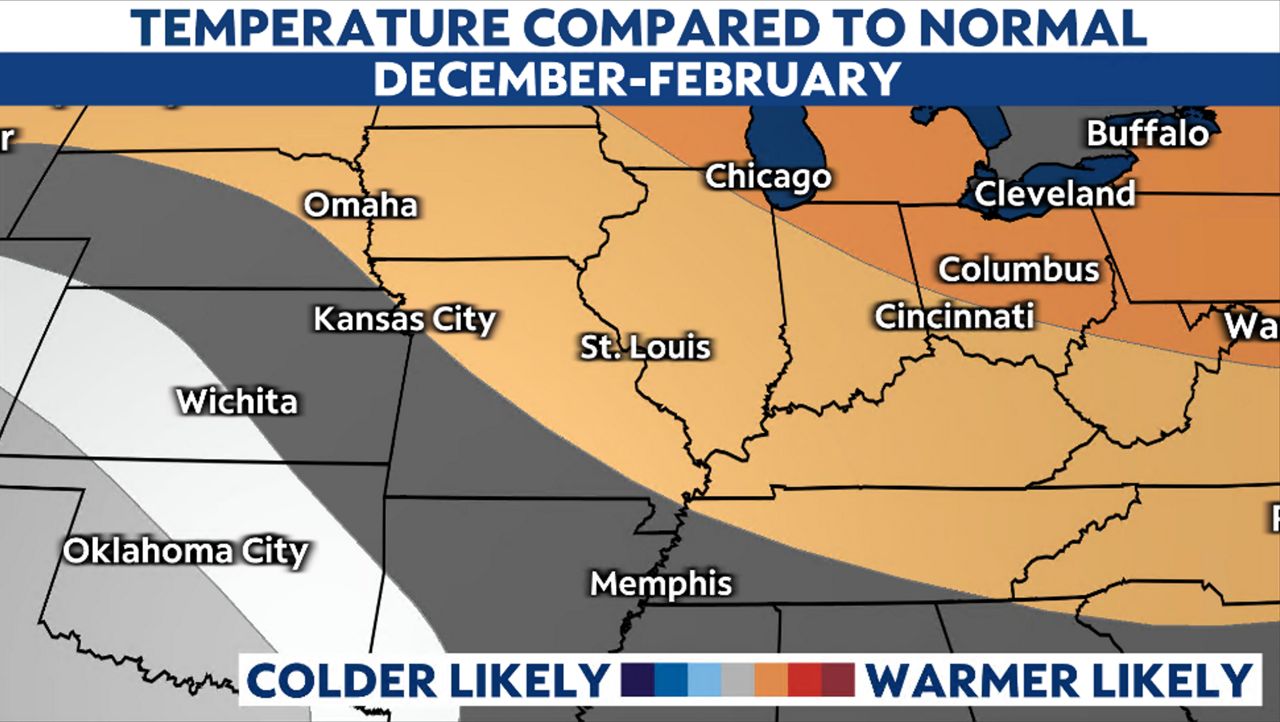
This, however, is only an average for the entire season. It does not mean we won’t see periods of colder air in place or even more precipitation.
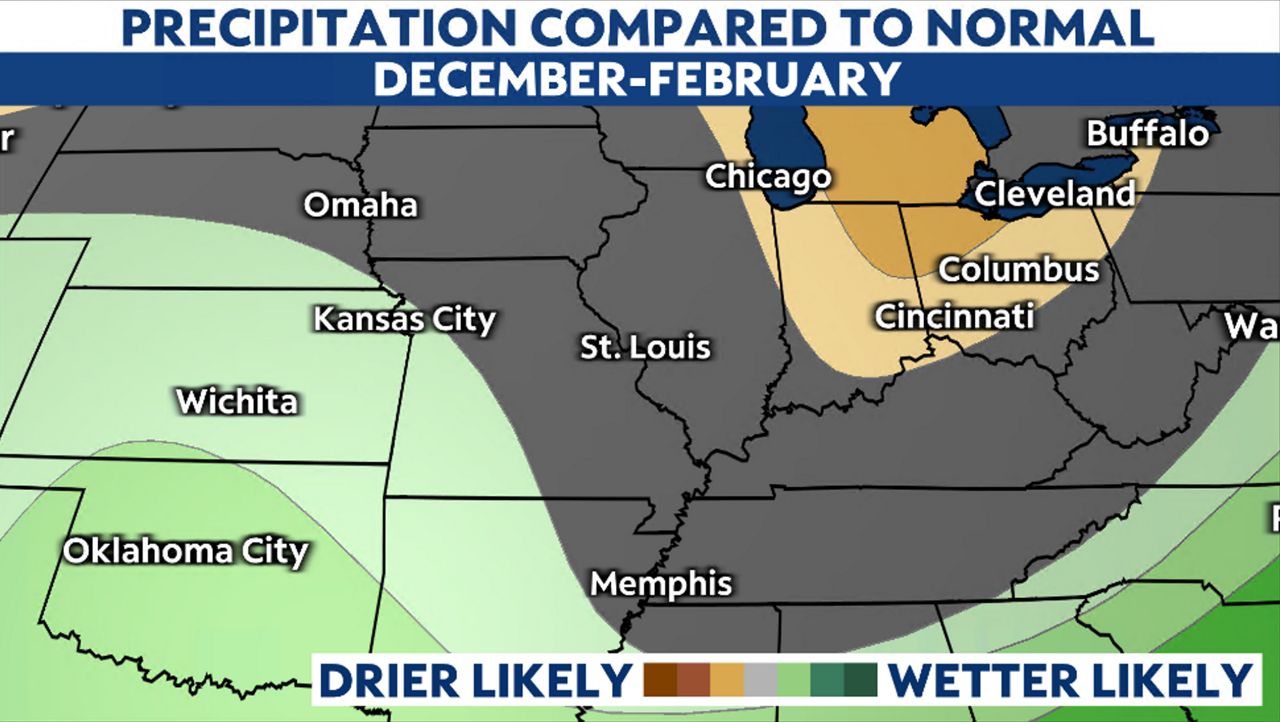
Take last year’s winter, for example. Overall, it was a milder season, but late December saw some of the coldest air the region had not seen in years.
St. Louis and Kansas City have experienced an average snowfall of around 18" per season over the past 30 years. Going through the data from the past ten years for each city, the average is closer to 16” for St. Louis and just under 18” for Kansas City.
Comparing the amount of accumulated snow each season from 2012 to 2022, against whether the season was influenced by an El Niño or La Niña (ENSO) does not favor one pattern over the area.
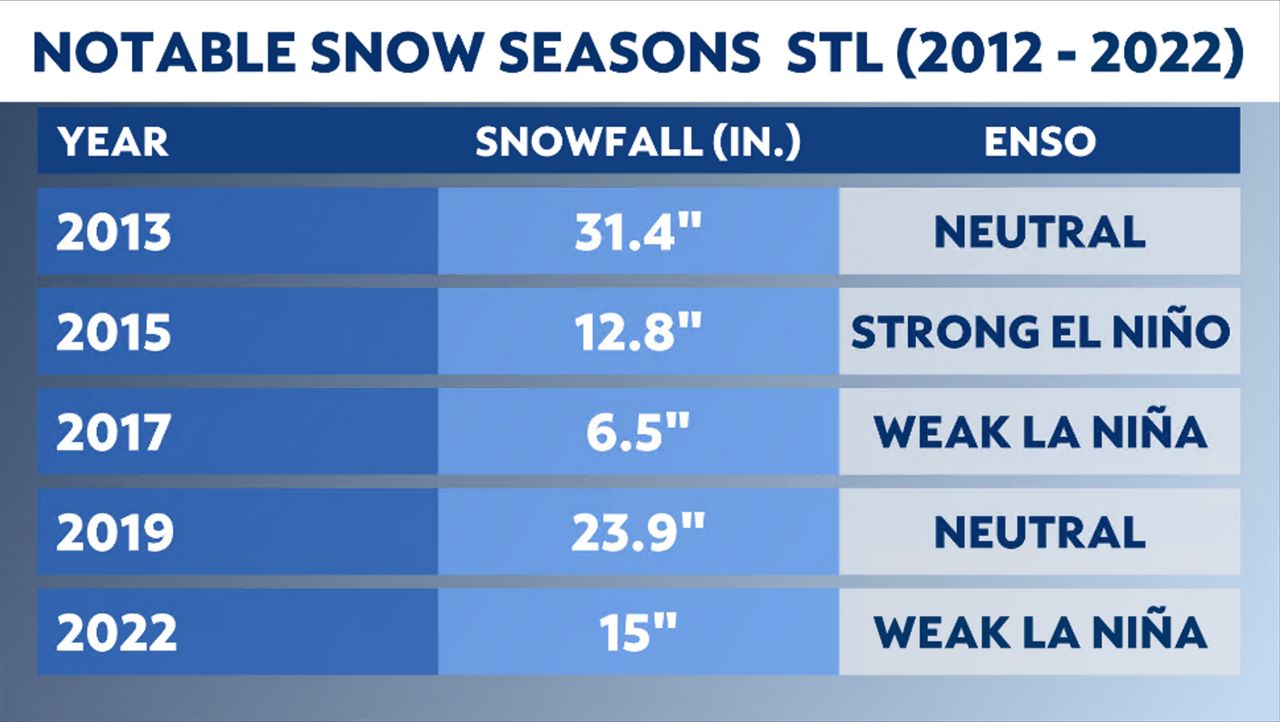
For example, the winter of 2013 saw 31.4” of snow in St. Louis and 33.8” of snow in Kansas City. This was during a Neutral ENSO signal.
During a Weak La Niña signal in 2017, St. Louis received 6.5” total snow and Kansas City reported 4.8”. Yet, in 2022, during another Weak La Niña, St. Louis recorded 15”, whereas Kansas City had 21.3”.
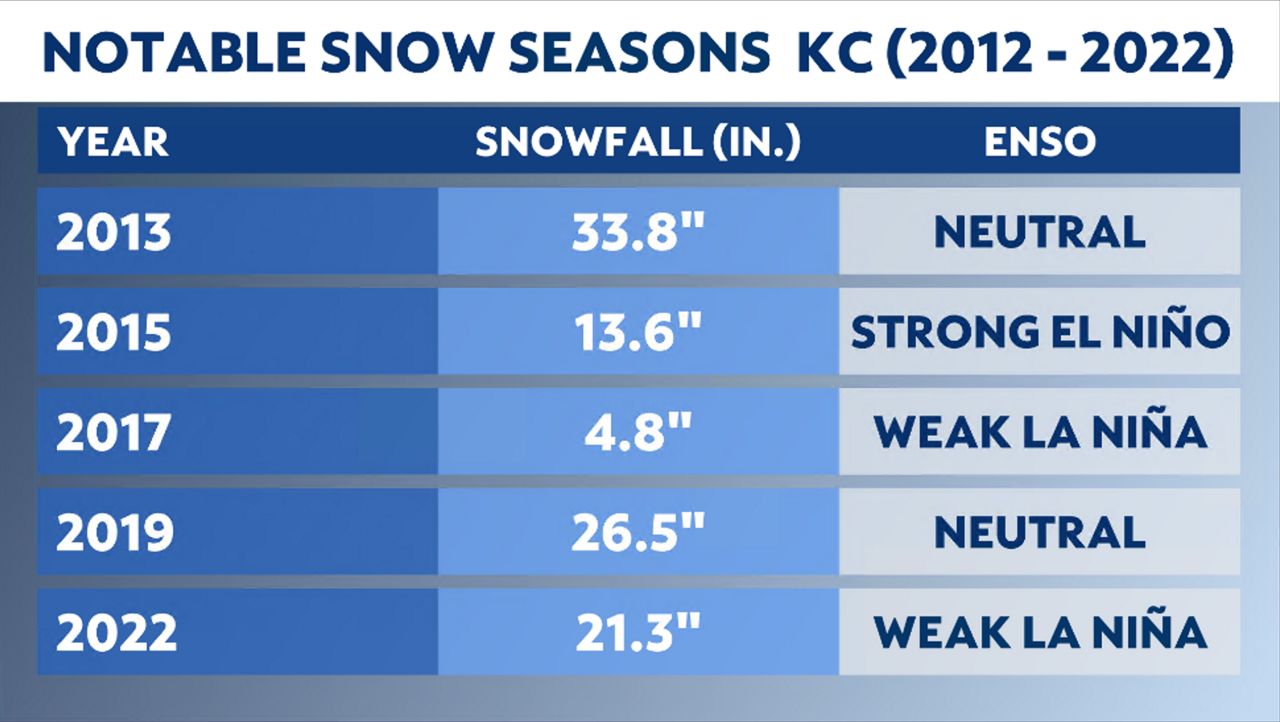
This information is to show how little impact ENSO has on the state of Missouri, specifically our two biggest cities. The first flakes of the season usually fall in early December, but have been recorded as early as late October.
Our team of meteorologists dives deep into the science of weather and breaks down timely weather data and information. To view more weather and climate stories, check out our weather blogs section.




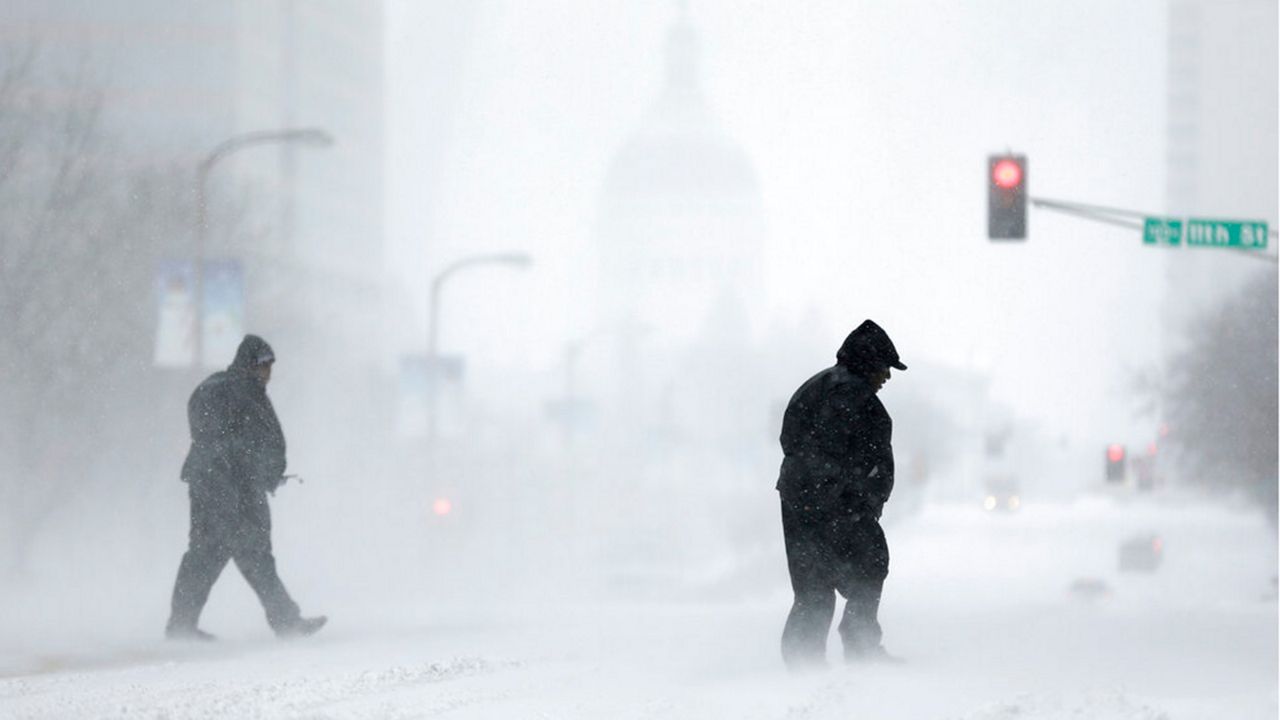
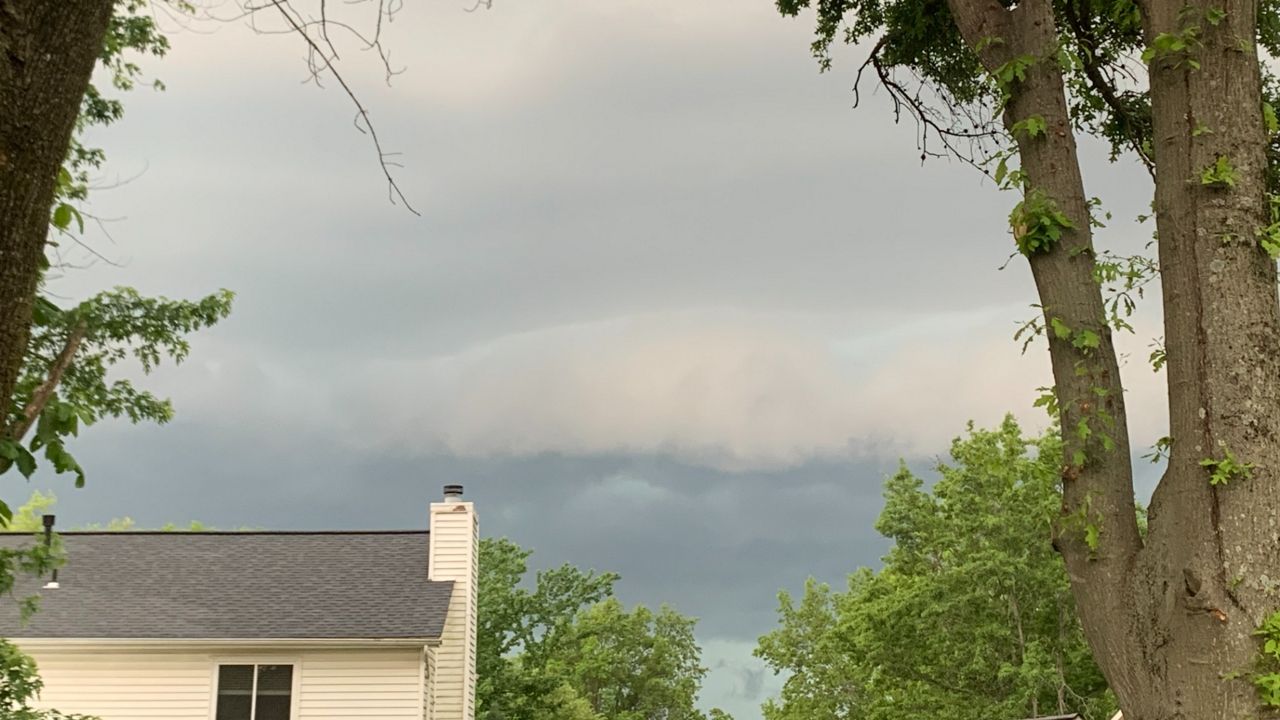
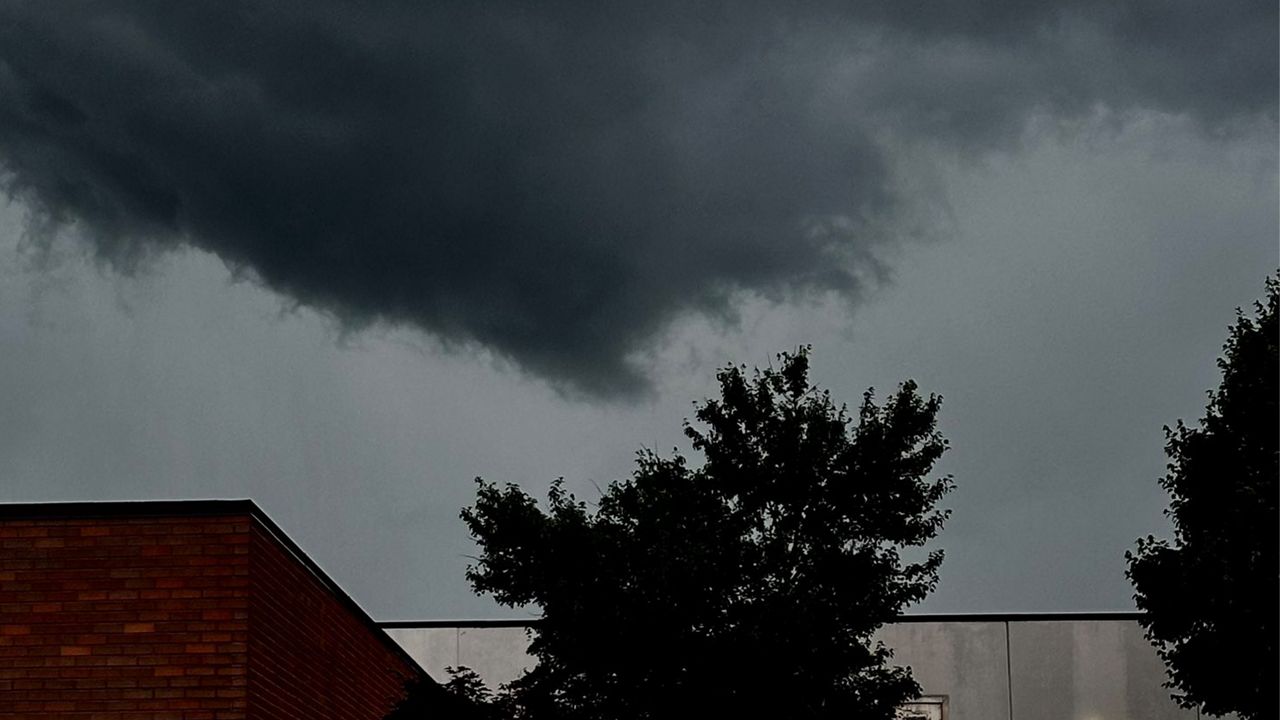
)
